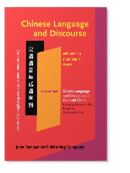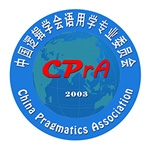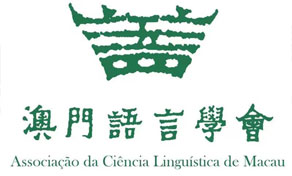Keynote Speakers
Chinese Language and Discourse (6th ISCLD)
Yuan Yulin
Department of Chinese Language and Literature
Professor Emeritus of Peking University, P. R. China
Prof. Yuan Yulin, born in 1962, obtained his Ph.D. degree from Peking University in 1990. He was a professor and doctoral supervisor in the Department of Chinese Language and Literature at Peking University. He is now Chair Professor and Head of the Department of Chinese Language and Literature, Faculty of Arts and Humanities at University of Macau. Prof. Yuan is a leading scholar in Theoretical Linguistics and Chinese Linguistics. He has published more than 100 journal articles in journals such as Social Sciences in China, Studies of the Chinese Language, Contemporary Linguistics, and Journal of Chinese Information Processing, as well as more than 10 books including A Cognitive Study and Computational Analysis of Language, etc. Prof. Yuan won the “Excellent Achievement Award of Scientific Research in Colleges and Universities” of the Ministry of Education of China for many times. He is selected as a Changjiang Scholar Distinguished Professor of the Ministry of Education of China. He is also a leading character in philosophy and social sciences under the National “Ten Thousand Talents Program”.
Keynote Speech: A Study of Chinese Polyphonic Marker bìng (“and also”): Its Sense of Reverse Coordination and Multiple Historical Origins
Abstract
This paper introduces the notions of linguistic polyphony and argumentativity to discuss the semantic function of Chinese adverb bìng (“and also”). First, bìng is identified as a polyphonic marker for its functions to coerce presupposition semantically on the one hand and, on the other hand, to offer refutation pragmatically. Secondly, its semantic function in the advancement of a transitional text is bringing in the negation of an expectation by reverse coordination, and further expressing the adversative relation in reality. Thirdly, the modal function of emphasizing negative meanings of bìng is revealed by discussing the textual distribution and the information structure of bìng-sentence. From the perspective of semantic function and textual transformation, it suggests that the modal adverb bìng is likely to have evolved both from the scope adverb and the correlative adverb, respectively. The multiple historical origins of the modal bìng and the semantic versatility of the connector bìng (coordination, progression, and addition) together account for the complexity in meaning and function of Chinese polyphonic marker bìng.
关键词:副词“并”;语义/话语功能;预设/预期;反向并列/转折关系;历史来源


